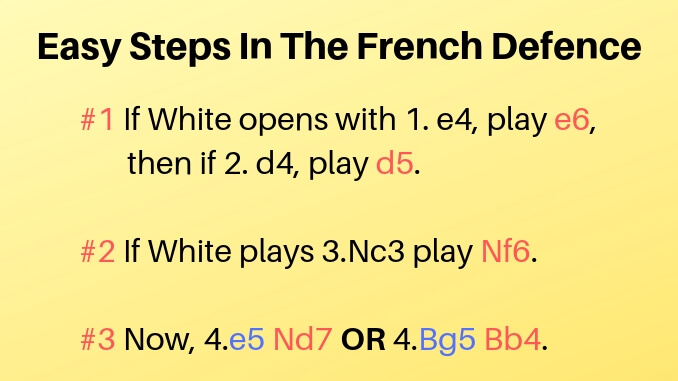
If you are playing chess as Black, one solid way to respond if White opens with 1.e5 is 1…e6, the French Defence.
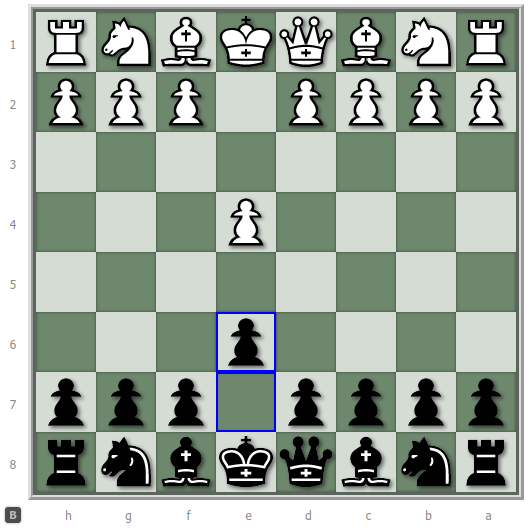
As W. R. Hartston notes in The (now out of print) Penguin Book of Chess Openings, by playing 1. …e6,
Black announces his intention of playing [2]… PQ4 [d4], which White can hardly prevent.
The Penguin Book of Chess Openings, p. 136
How White might try to prevent Black from moving 2…. d4, and how Black can frustrate those attempts will be the topic of another blog post. Check it out here! (Ed.)
Heading Towards The Classical Variation…
The key tip in today’s blog post assumes a more classical development in the next two moves in the French Defence and looks at what to do if White develops his Bishop to g5 in the fourth move.
Here’s a typical opening pattern in the first three moves of the French Defence:
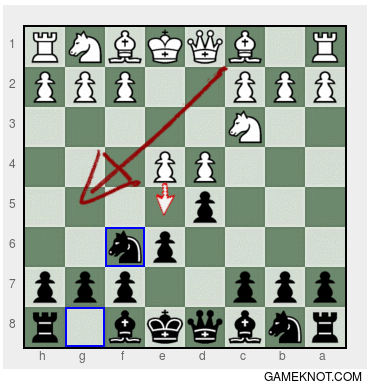
- e4 e6
- d4 d5
- Nc3 Nf6
After Black’s second move, d5, White must decide what to do about his e-pawn, which is under attack.
In the variation that we are looking at today, White responds by defending the e-pawn with his Knight.
Of course, White has several other options for the third move, just as Black has a choice of responses to 3.Nc3. However, the move sequence we see here is very common as 3. …Nf6 both develops a piece and contributes to the attack on White’s e4 pawn.
This set up will lead into the Classical Variation if White advances the e-pawn to e5. If that happens, move your Knight to d7, then, 5. f5 c5, 6. Nf3 Nc6, 7. Be3 Be7, 8. Qd2 0-0:
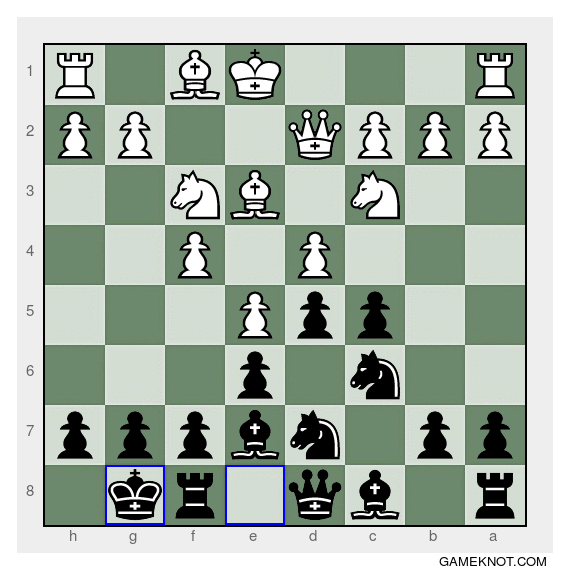
Switching To The MacCutcheon Variation…
However, another popular option is for White to move his Queen’s Bishop to g5, pinning Black’s Knight to the Queen. A good way for Black to respond to this – by playing the MacCutcheon Variation – is the key tip in today’s blog post.
4. …h6?! Learning From My Mistake
How to respond to 4.Bg5 was the question I was faced with in a game I played as Black last month. Sadly, my response to 4.Bg5 was 4…. h6, which was far from optimal and left me struggling through the rest of the game.
A month later, preparing to face the same opponent as Black, I turned to John Watson’s Play The French for some help in dealing with White’s fourth moves as I anticipated that my opponent would attempt to repeat his success with a similar opening, fighting the next war with the methods that won the last one.
Here’s a video I made about how I messed up my response to 4.Bg5 in the first game (by playing 4. …h6), how I prepared for my next game as Black, and how the game turned out. (Apologies for the jerkiness of the embedded talking head video!)
The key is to keep in mind that after 3. Nc3 Nf6, White is very likely to make one of two moves, either 4.e5 (advancing the King’s pawn) or 4.Bg5 (pinning Black’s f6 Knight to the Queen). That narrows the field of study quite conveniently, as I show in the video.
As it turned out, in our follow-up game, my opponent played 4.e5 and I responded with 4….Nd7, but that is not the topic of today’s blog post!
What To Do When White Springs 4.Bg5 On You!
When faced with 4.Bg5 in this set up, don’t do what I did and immediately try to usher away the Bishop by moving your pawn to h6. It’s not terrible, but it does not challenge White for the initiative. After 5.Bxf6 White has a good chance to maintain a small but significant (and therefore increasing) advantage as the game progresses.
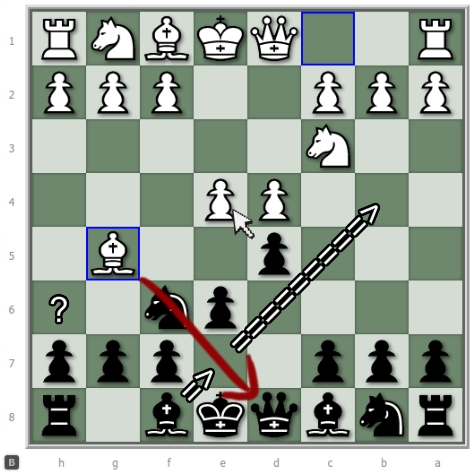
4. … h6 is pretty lame, so avoid it here.
Two common responses to 4.Bg5 are 4. …Be7, breaking the pin, and 4. dxe4, which leads into the Burn Variation. There’s a good video on this by a Russian(?) guy:
Keep It Simple & Dynamic With 4. …Bb4!
John Watson doesn’t even mention the Burn Variation in the 4th edition of Play The French because his fourth move recommendation is the MacCutcheon Variation, when Black counter-pins by moving his Bishop to b4, pinning White’s c3 Knight to the King
In doing so, Black maintains the f7, e6, d5 pawn chain unless White chooses to chop it off with 5.exd5.
The nice thing about working with the MacCutcheon is that the preparation is relatively easy to handle. Here are my prep notes showing five typical responses by White (5. exd5, Bxc3, Bd3, e5, Ne2) and how to deal with them:

It also sets you up with a nice easy chain of options that will come up again and again:
